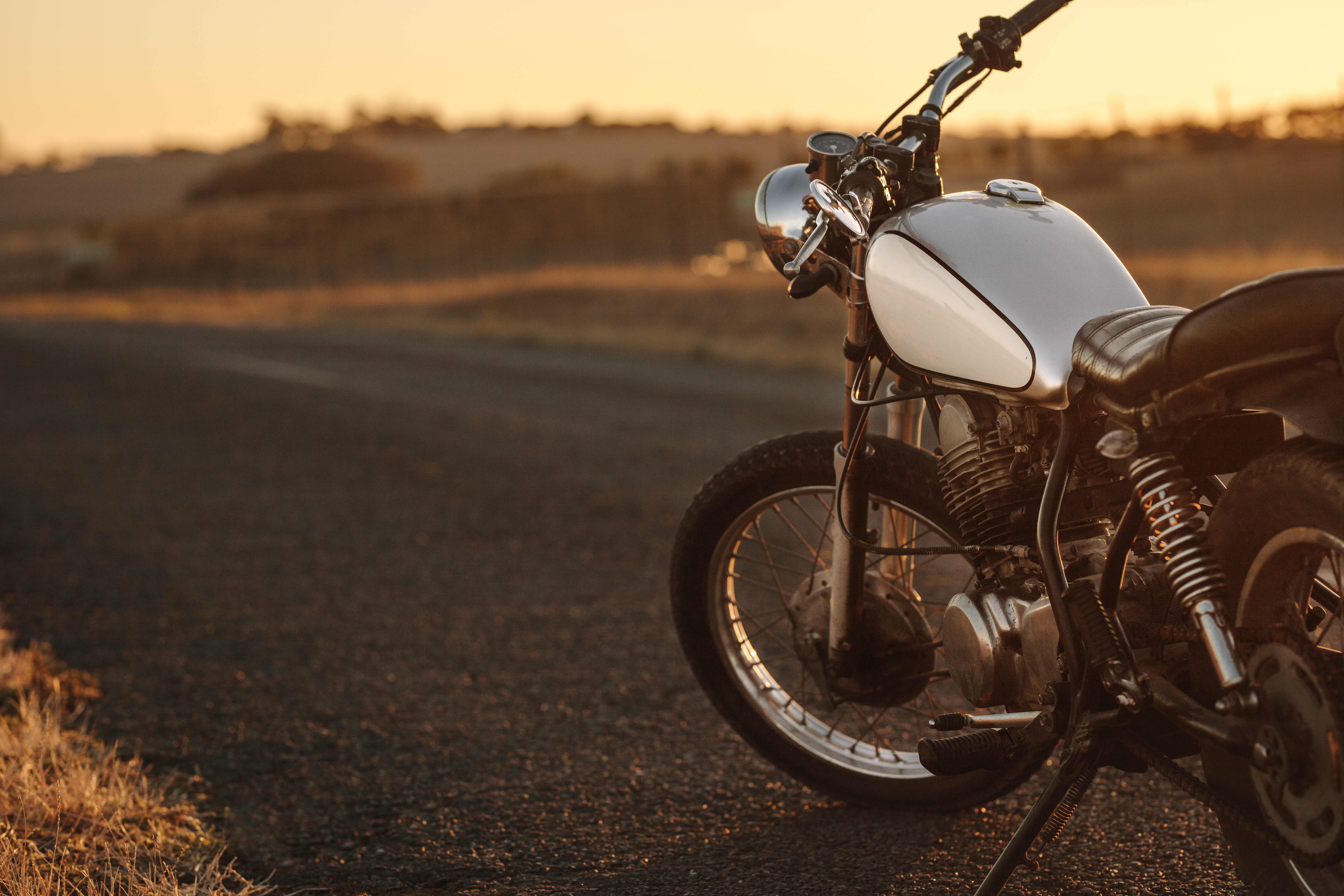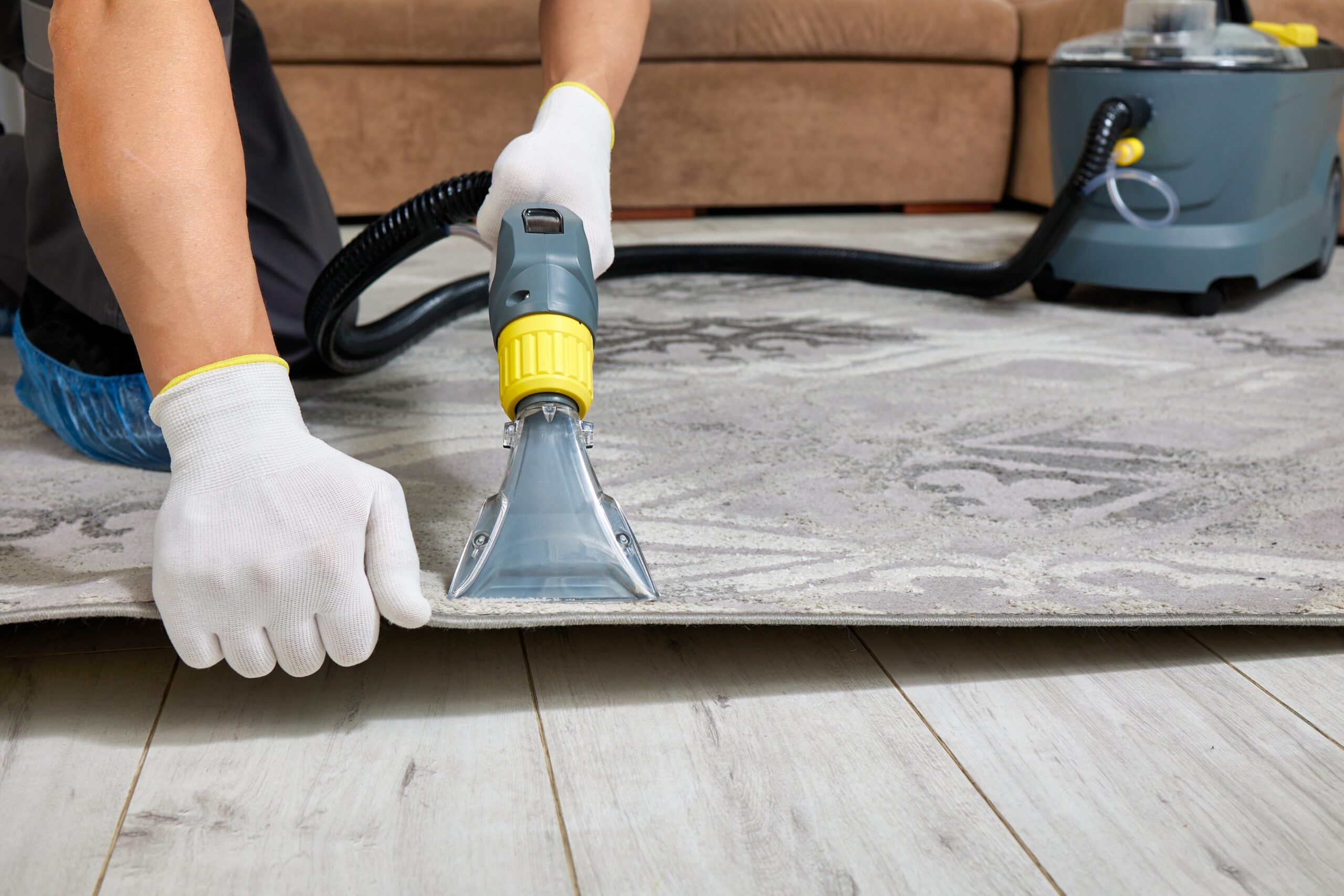The first ride of the season never fails to delight, starting the second you hop on your motorcycle and fire it up. But if you don’t go all out in storing a motorcycle properly, your season may just start with a trip to the repair shop instead. Thankfully, you can easily avoid that by learning how to winterize a motorcycle, and then storing it properly in a secure location. Ready to learn just what that’ll take? Here’s all you need to know about storing your bike at the end of each riding season.
Best Motorcycle Storage Options
Before storing your motorcycle, it’s important to find a secure location to keep your bike, such as:
- Home garage
- Fenced carport
- Motorcycle shed
- Vehicle trailer
- Storage facility
Motorcycles are easily stolen, so enclosed storage units offer much more protection than leaving your bike out in the open. If you cannot find a more secure location for winter storage, use a collapsible motorcycle shelter to keep it out of sight and out of mind.
How to Prepare a Motorcycle for Winter Storage
After you figure out your best storage option, it’s time to learn how to prepare a motorcycle for winter months and get it ready to sit. To do that effectively, just follow these 5 steps.
1. Scrub Your Bike Clean
Dirty bikes can end up with a corroded finish, rust spots, and worse. Avoid that by giving your motorcycle a thorough wash to remove all the bugs, road debris, and dirt. Then, dry it thoroughly to wick away the moisture and prevent water spots. Put a coat of wax on the painted surfaces as well, and then protect the metal, rubber, and plastic with a corrosion inhibitor.
2. Change the Oil
The oil in your motorcycle’s engine works hard to lubricate, cool, and clean all the internal parts. As it does that, the oil picks up small carbon particles, which rise to the surface and corrode metal parts over time. To keep that from happening, all you have to do is change your oil and filter before winter storage. You could also add coolant and antifreeze, which might be especially important if you’re storing your motorcycle in a garage or storage unit that doesn’t have climate control.
3. Treat Your Fuel System
Stagnant fuel is no joke – and it doesn’t take long for ethanol to go rancid. Since its rather hygroscopic, the fuel effectively takes on water particles, resulting in corrosion to your fuel tank. You can keep that from happening by adding a fuel stabilizer additive before storing your bike. Make sure to fill up the gas tank and pour in the additive before your final ride of the season to get the stabilizer formula through the entire fuel system.
4. Support the Battery
Motorcycle batteries don’t like to sit around and wait for the action to happen. They tend to lose their juice rather quickly, leaving you with a dead battery just when you want to fire up your motorcycle. So, keep your battery happy by first topping off its fluid if necessary. If you have a sealed battery, you can skip that step. After that, hook up a battery tender or trickle charger to keep the unit charged up through the off-season.
5. Finish Up with a Motorcycle Stand and Cover
To finish up the motorcycle winterizing process, make sure to pump up your tires to the proper inflation levels. Then, place your bike on an elevated stand to prevent flat spots from developing over a longer period of time. Once that’s done, all you have to do secure a good motorcycle cover in place to protect it from dust, moisture, and rodents. To keep critters out, you might also want stuff the exhaust pipes with old rags or dryer sheets, especially if you won’t be keeping your motorcycle in an enclosed storage unit.
Now that you’re well versed on how to store a motorcycle, you can put your bike away with confidence it’ll be ready to ride at the start of the next season. You can then simply pull your motorcycle back out of storage, hop on, and ride away into the sunset without worrying about the need for prompt repairs.






